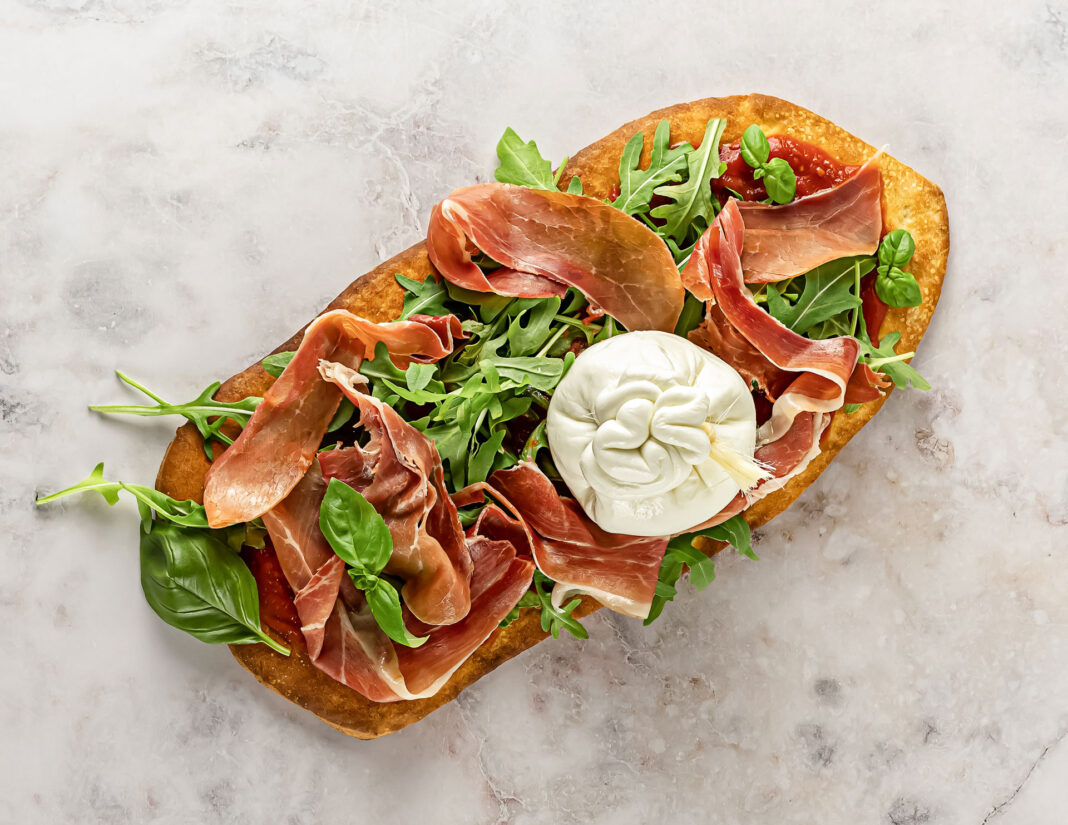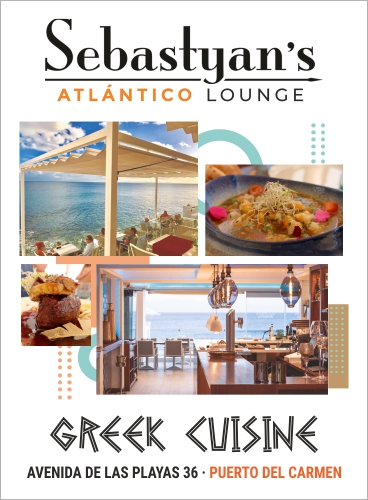A direct descendant of pizza, a pinsa blends wheat, soy, and rice flour with olive oil for a lighter, crispier bite
No, it is not a misspelt pizza! And even though they look very similar, it is not even a variety of pizza. The Pinsa was created in Rome in 2001 by flour entrepreneur Corrado Di Marco. The difference is in the dough – a pinsa uses a mixture of soy, wheat and rice flour, extra virgin olive oil and dry sourdough that is left for up to three days to ferment. The result is a lighter, more easily digestible and crispier base.
Pinsas also have a distinctive oval shape, unlike the typically round Neapolitan pizza. Like pizzas al taglio (by the slice), they can be prepared in an electric oven at a lower temperature of around 300 °C, making them easier to bake as they don’t rely on wood-fired or stone ovens.
Double baking is another feature that sets pinsas apart. Their bases are usually pre-cooked or parbaked in the oven for a few minutes before baking again once your chosen toppings have been added, such as cheeses, cured meats, raw or cooked vegetables, anchovies, etc.
Finally, the added bonus of a pinsa is that it stays crunchy for longer, even as it cools, which makes it perfect for sharing and enjoying whilst chatting with friends and family.





